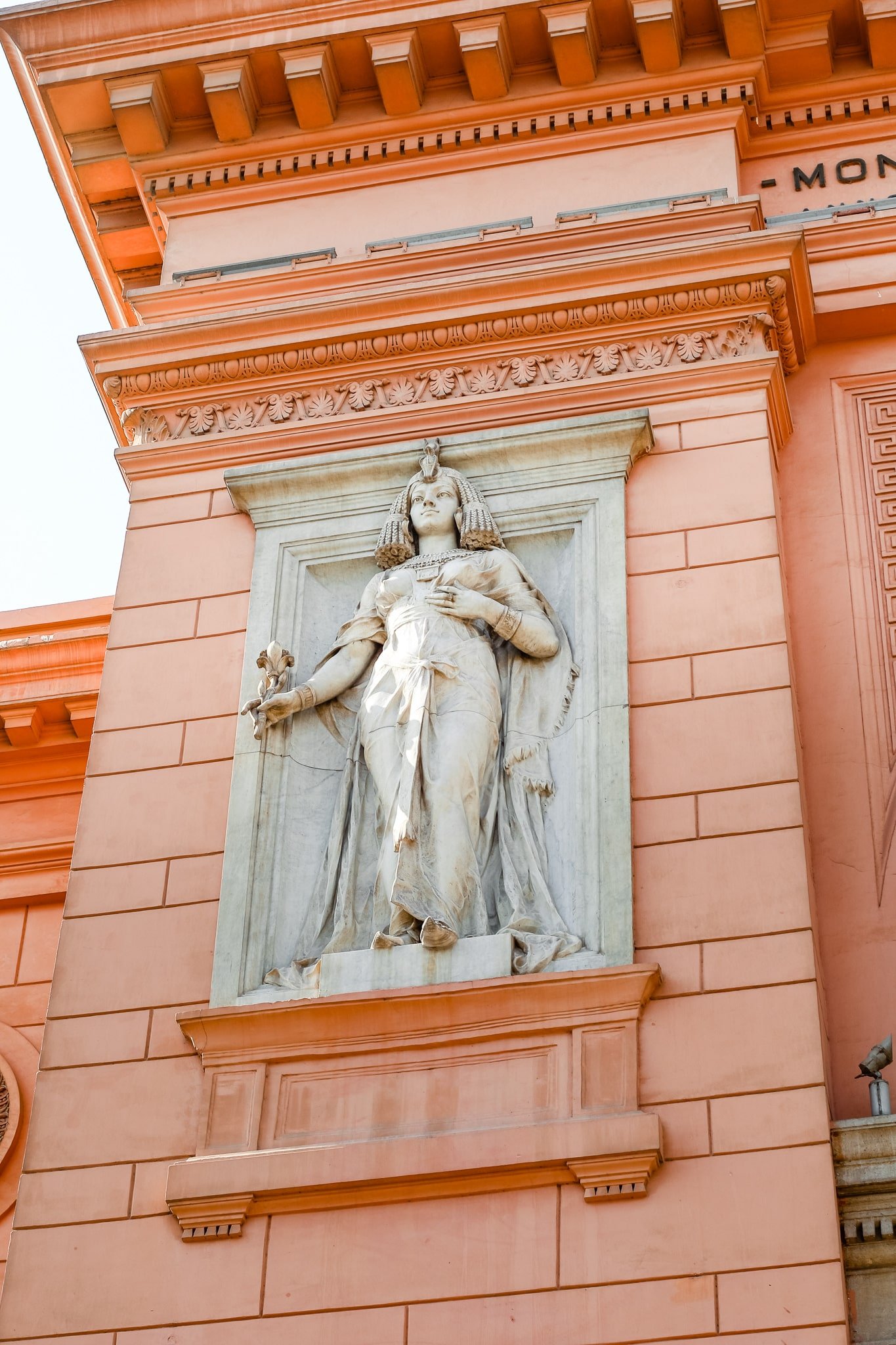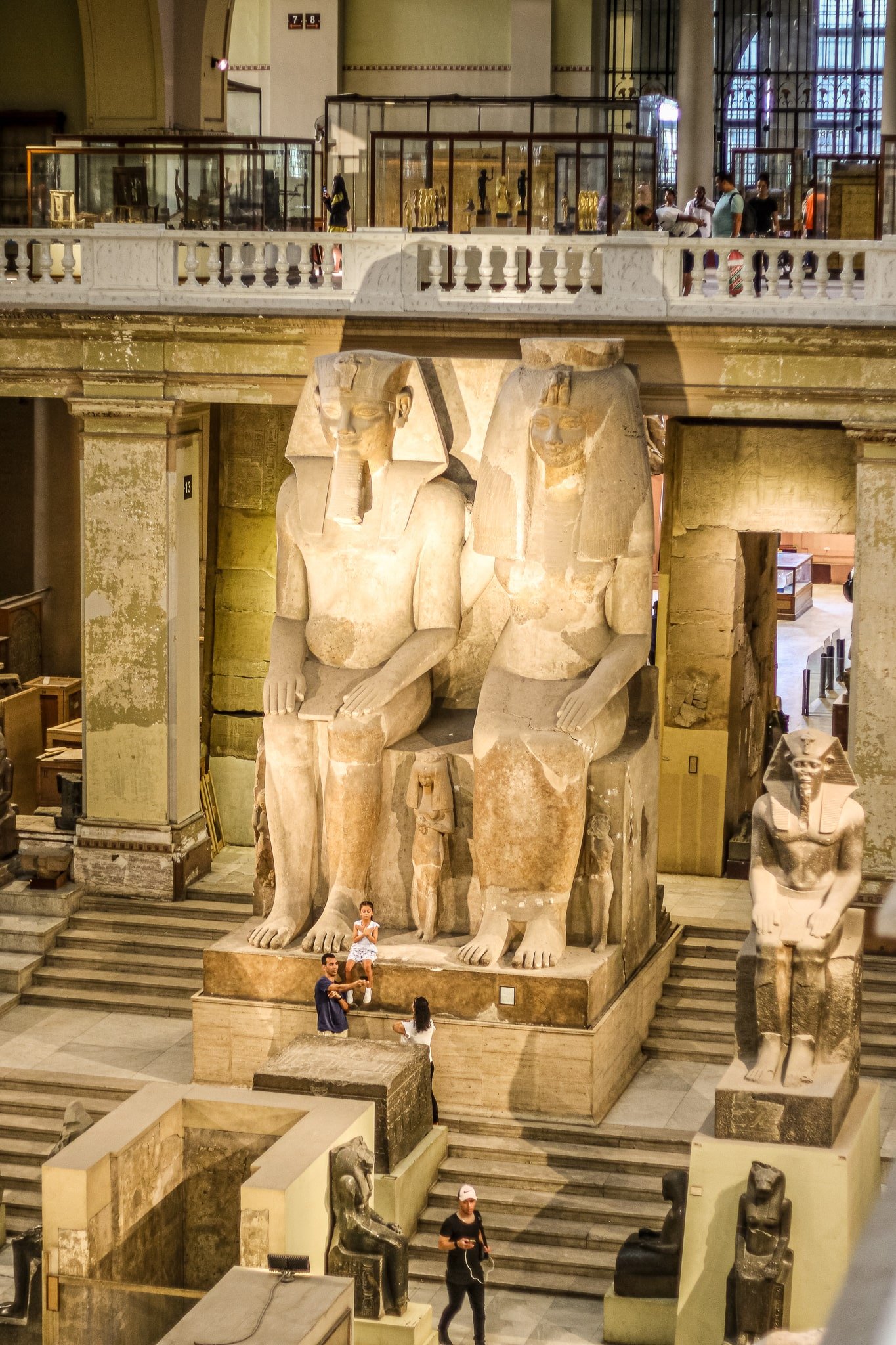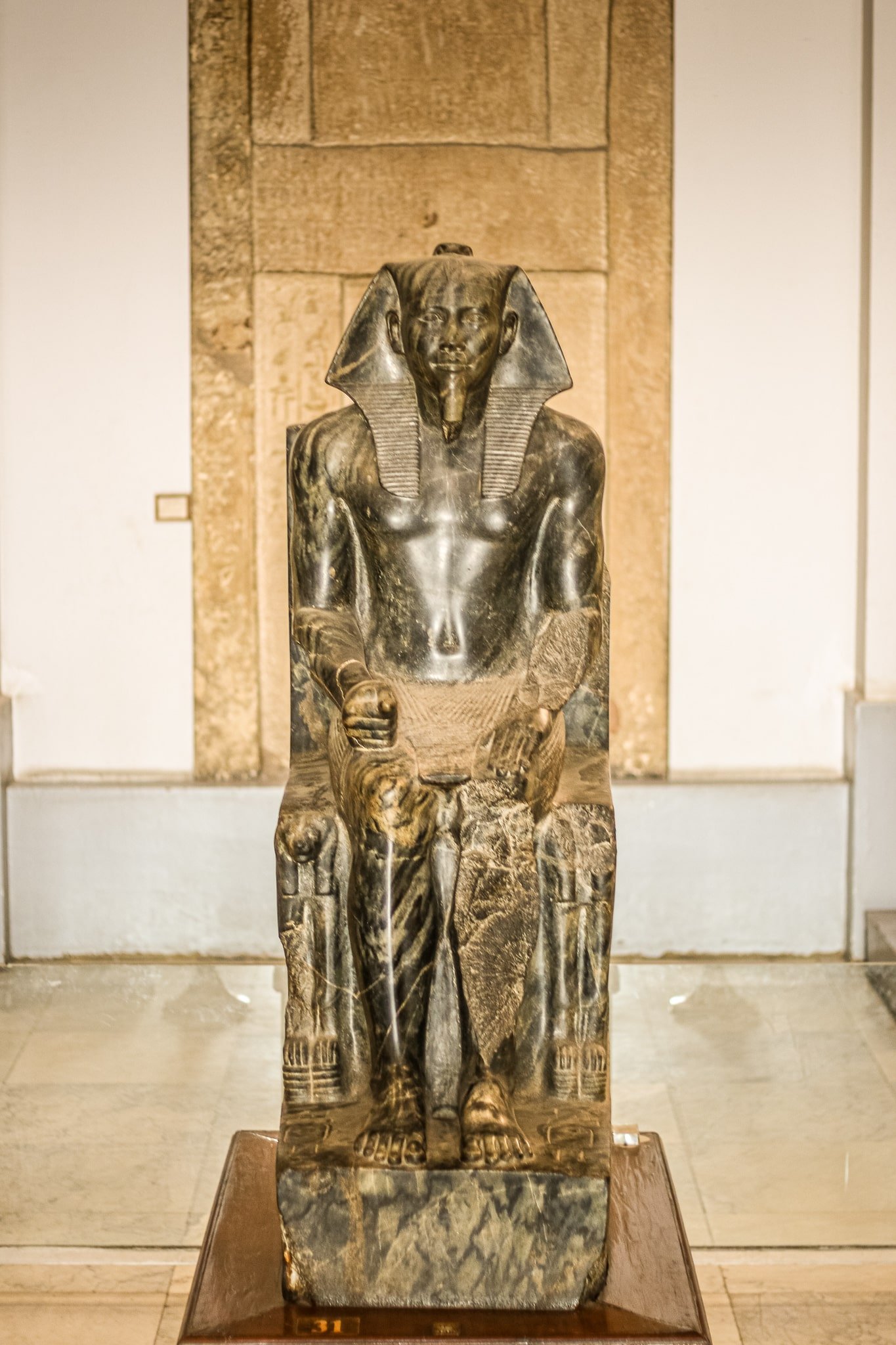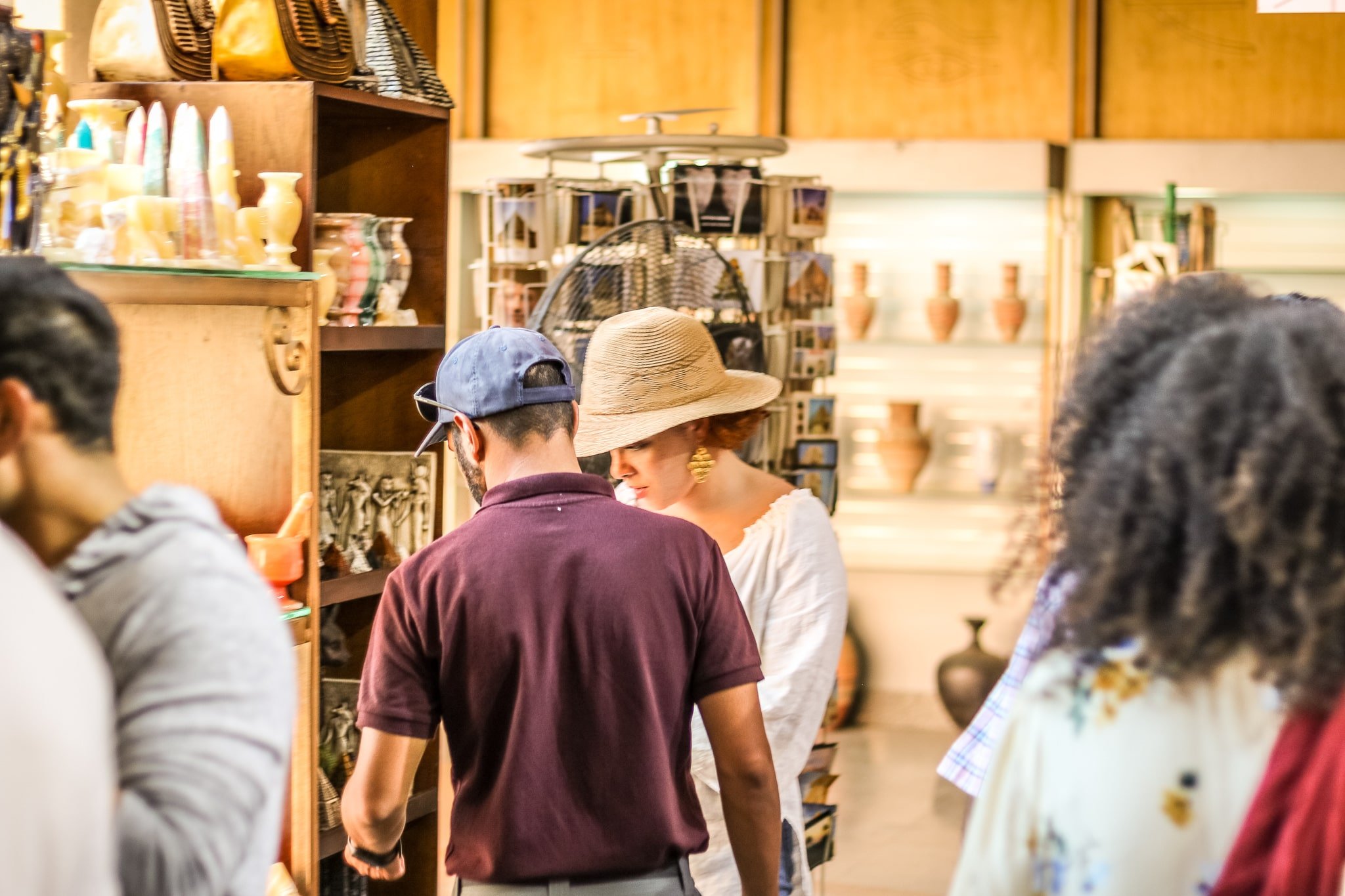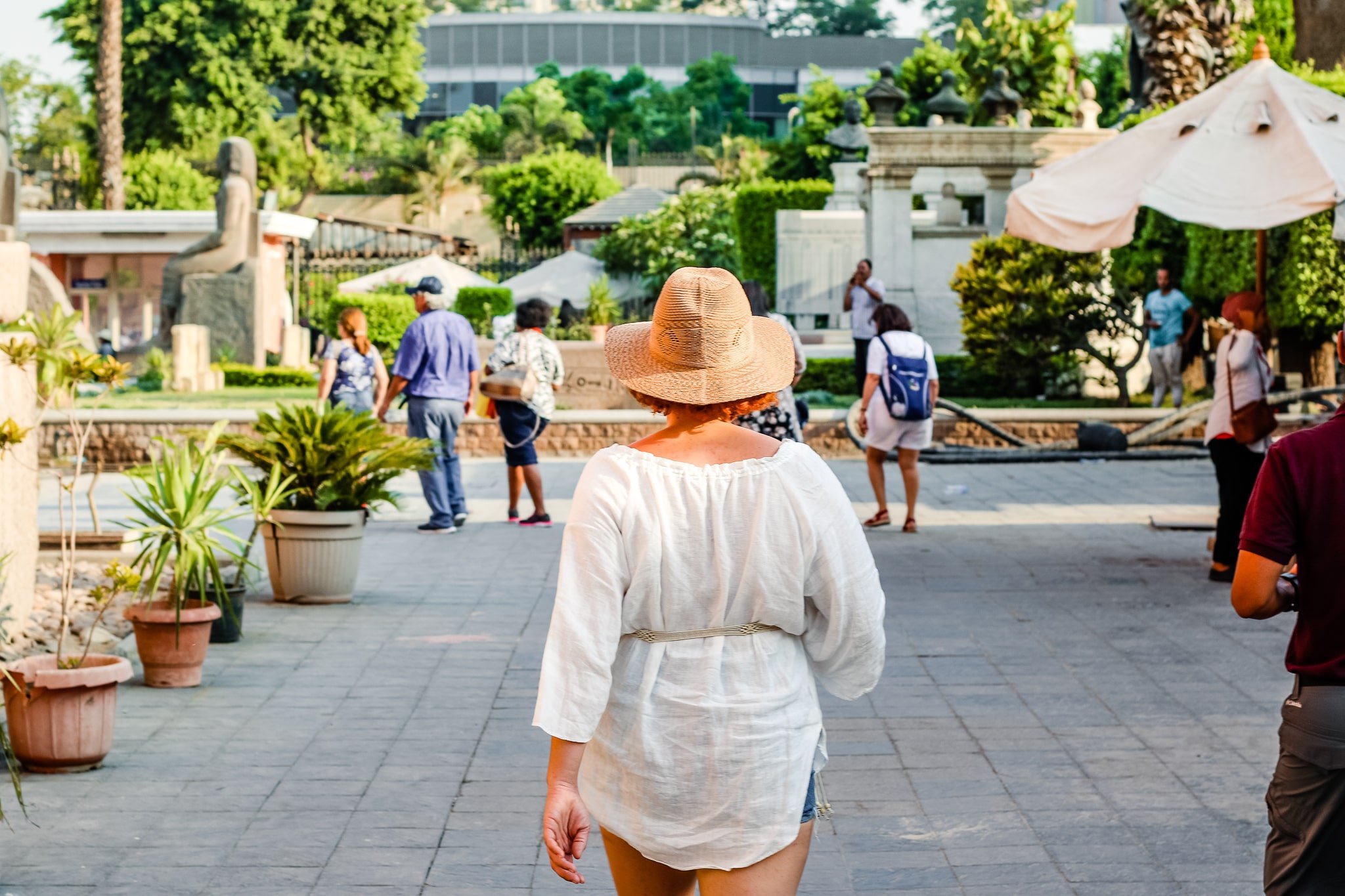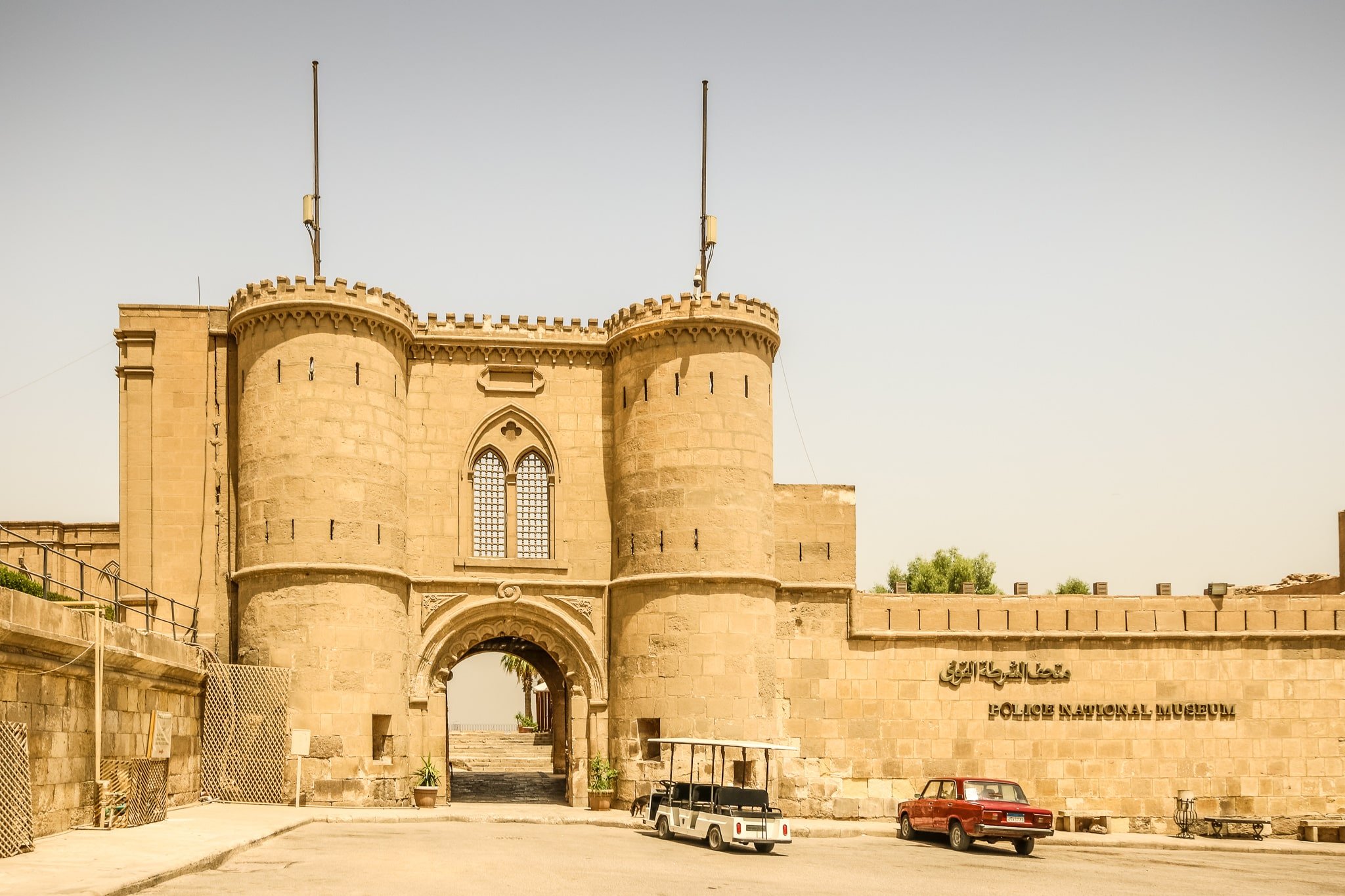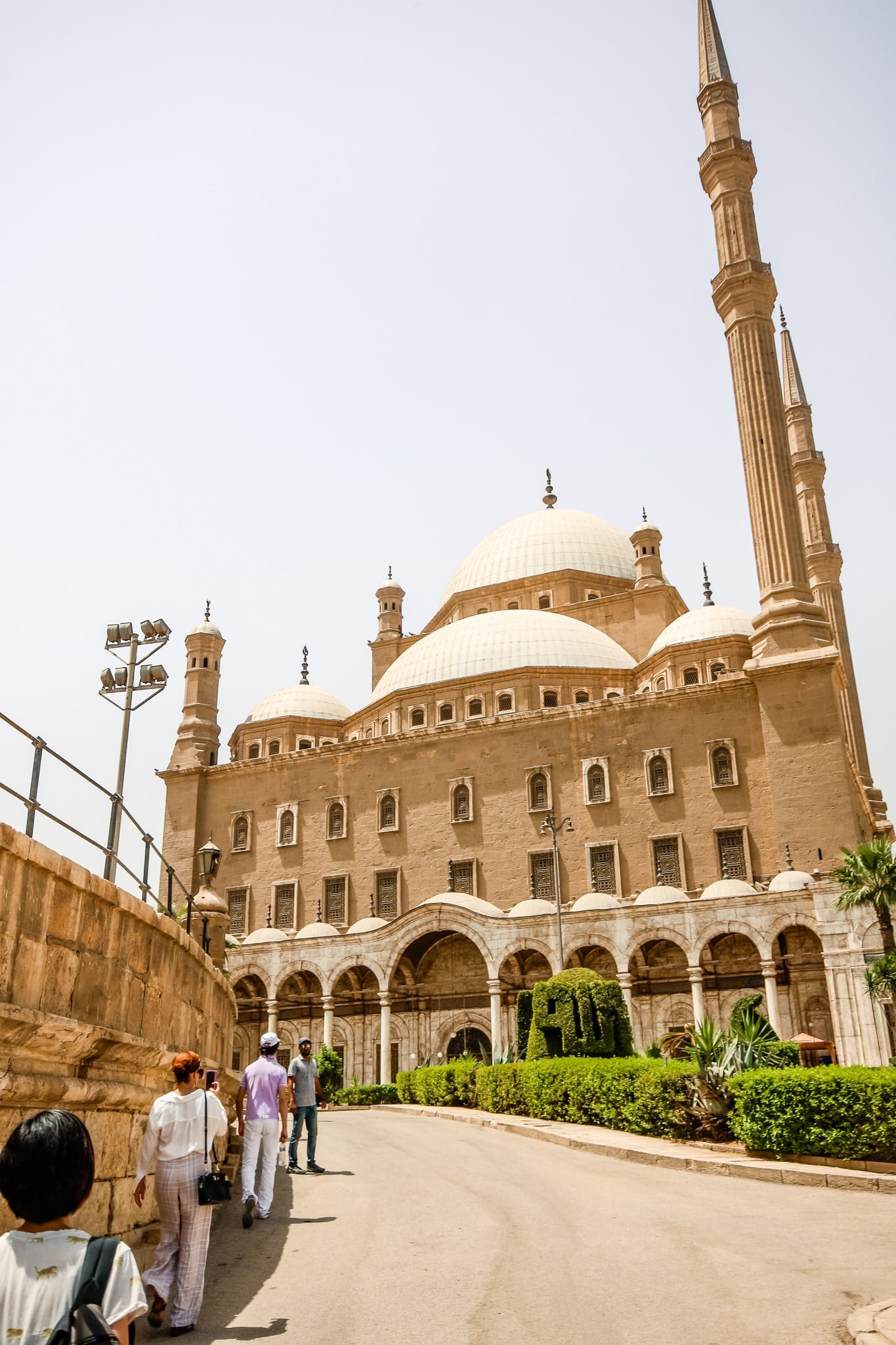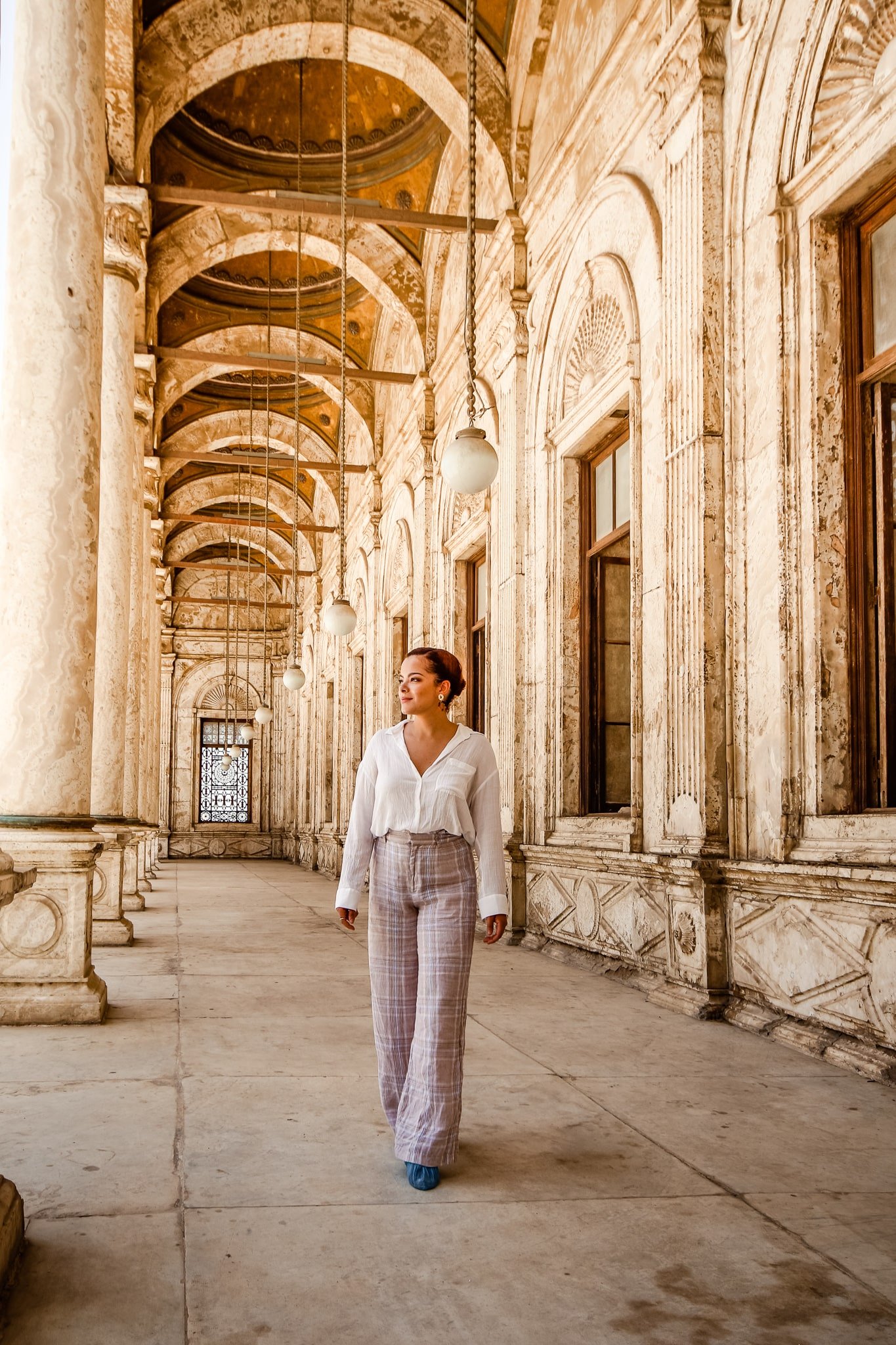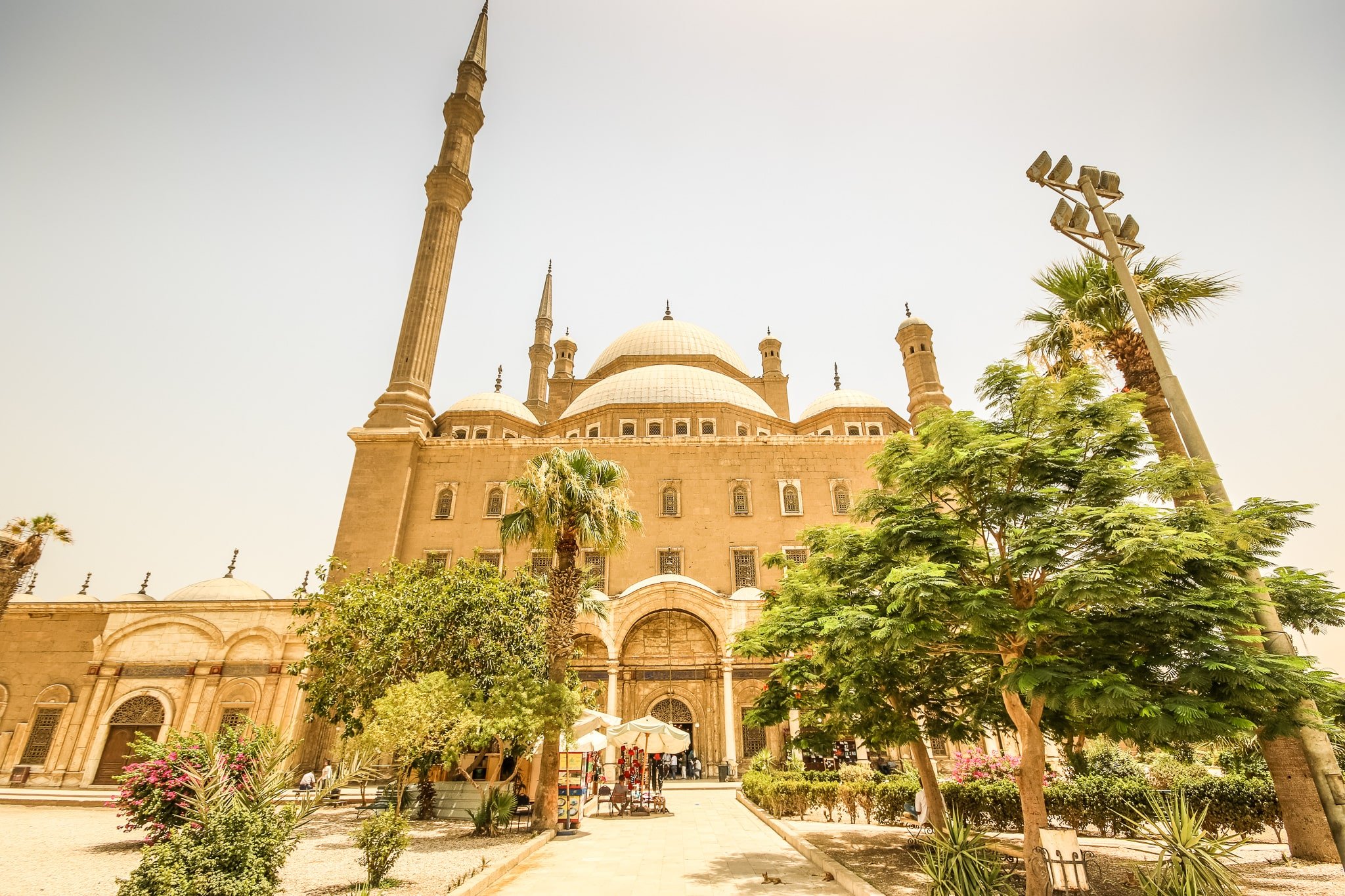Exploring Fascinating Facts About Egyptian Hieroglyphics
For centuries, Ancient Egypt has held a great fascination for archeologists, scientists, and historians. Its mystical scriptures, eerie mummies, intricate tombs, and immense statues date back over 2,500 years. The seemingly impossible architecture of its pyramids has led many scholars to debate the origins and meanings of these ancient treasures.
The hieroglyphics of ancient Egypt remain one of the most intriguing mysteries of their civilization. These intricate pictures and symbols were carefully carved into massive stone walls and painted on papyrus scrolls. Egyptologists have devoted significant efforts to deciphering the language left behind by this fascinating civilization.
Here, we explore three impressive facts about Egyptian hieroglyphics.
There are over 1,000 different symbols
Compared to the ancient Egyptian scripture, which consists of over 1,000 symbols, the English language, with its 26-letter alphabet, seems quite simple. Not all Egyptian symbols represented letters; some represented entire concepts, while others represented sounds or even whole words. Some of these symbols might have been used to clarify the meaning of the text that came before them.
Egyptologists have discovered that hieroglyphs are only sometimes read from left to right. Sometimes, they are read from right to left, top to bottom, or even bottom to top. Another interesting fact is that no known punctuation or spaces between words, sentences, or paragraphs can make them even more confusing.
Few Egyptians could read hieroglyphs
The ancient Egyptians referred to their language as medu netjer, which translates to 'the Gods' word.' The Romans later named their writing system as hieroglyphs, which means 'sacred carving' — because they believed the intricate symbols were carved into massive structures with great effort. Even though the texts were used for over 3,600 years, historians speculate that only a few ancient Egyptians could comprehend them.
Being a scribe in ancient Egypt was a great honor that exempted you from paying taxes, serving in the military, or performing manual labor. However, due to the complexity of the hieroglyphic language, other simpler writing systems, such as Hieratic and Demotic, began to replace hieroglyphs in everyday writing. Eventually, hieroglyphs became so intricate that only Egyptian priests could decipher them.
The Rosetta Stone made understanding hieroglyphs possible
When Napoleon's soldiers discovered an ancient slab of inscribed stone in the Egyptian town of Rosetta in 1799, he paved the way for rediscovering the meanings of hieroglyphics. Because the Rosetta Stone featured the exact text in three different styles of writing, hieroglyphics, demotic, and ancient Greek, a French linguist called Jean-Francois Champollion was able to make the first sense of the language which had been lost for some 1,500 years. He translated the scripture into a message from Egyptian priests to Ptolemy V, written in 196 BC.
When Napoleon's soldiers stumbled upon an ancient slab of inscribed stone in the Egyptian town of Rosetta in 1799, it paved the way for rediscovering the meaning of hieroglyphics. The Rosetta Stone featured the exact text in three different styles of writing: hieroglyphics, demotic, and ancient Greek. Thanks to this discovery, a French linguist, Jean-Francois Champollion, could decipher the language that had been lost for some 1,500 years. He translated the scripture into a message from Egyptian priests to Ptolemy V, written in 196 BC.
A glimpse into the past
Thanks to the ancient Egyptians, we have a much better understanding of their way of life than many other ancient civilizations. The discovery of writing, which the Egyptians believed was a gift from the God Thoth, has allowed us to uncover the mysteries of this fascinating culture. Even today, linguistic experts and historians continue to focus on ancient Egypt, and we have only just begun to scratch the surface.
If you’re traveling to Egypt soon, check out these fun things to do and see in Egypt.
More from my trip to Egypt…

